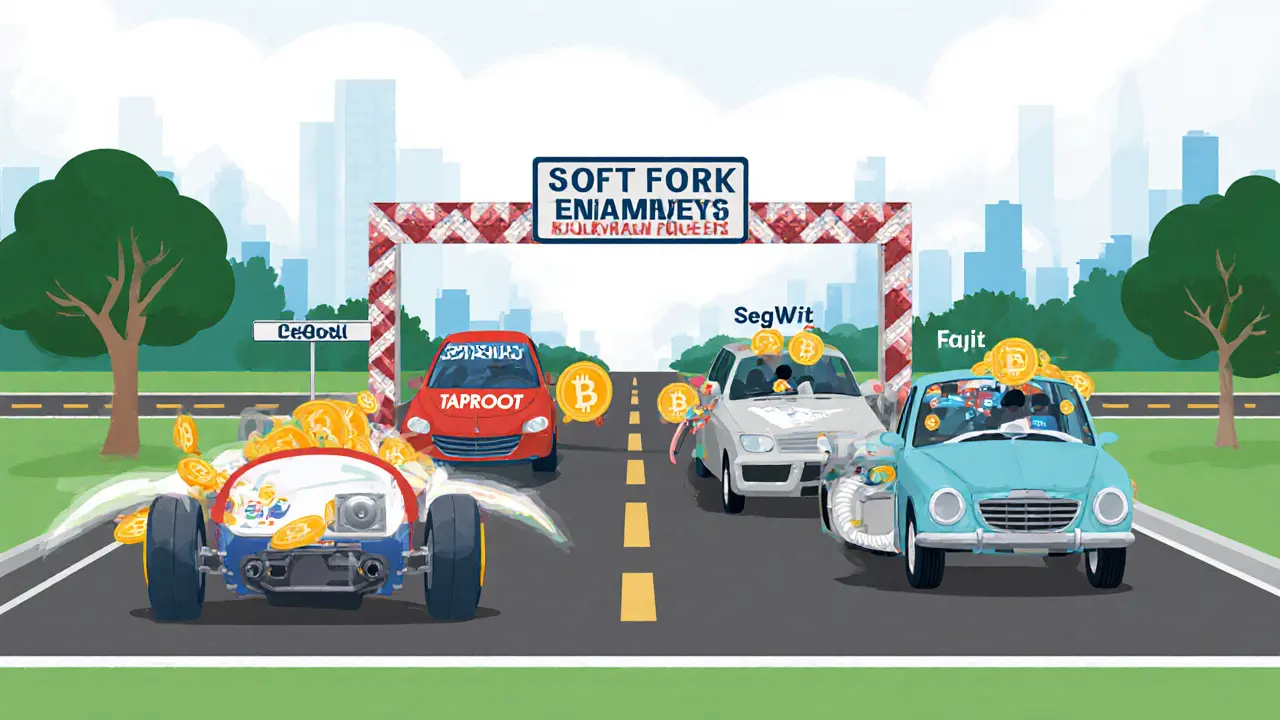Blockchain Upgrade: What It Means, Why It Matters, and What’s Really Changing
When you hear blockchain upgrade, a fundamental change to the underlying code of a blockchain network that improves speed, security, or functionality. Also known as network hard fork, it’s not just a software patch—it’s a rewrite of the rules that govern how crypto moves, gets traded, and earns value. Most people think upgrades are about faster transactions or lower fees. But the real impact? They reshape entire ecosystems. Look at how smart contracts, self-executing code that runs automatically when conditions are met got upgraded on Ethereum. Suddenly, DeFi protocols could stack together like Lego blocks, creating new financial tools no one had imagined. That’s not an improvement—it’s a revolution.
And it’s not just Ethereum. When decentralized exchange, a crypto trading platform that runs without a central company controlling it protocols like Uniswap or Wagmi get built on top of a new blockchain version, everything changes. Liquidity moves. Fees drop. Tokens get wrapped, bridged, or locked. You see it in posts about HB DEX fading out because it didn’t keep up, or IceCreamSwap dying because its chain never upgraded properly. A blockchain upgrade doesn’t just affect the tech—it decides which projects live and which vanish. That’s why you’ll find reviews here about exchanges that vanished after their underlying chain stalled. No upgrade? No future.
Some upgrades are quiet. Others shake markets. The difference? Who’s behind them. A team that listens to users, tests thoroughly, and communicates clearly? That’s a real upgrade. A team that pushes changes for hype, ignores security audits, or hides behind vague whitepapers? That’s a gamble. And you’re the one holding the bag if it fails. That’s why posts here don’t just list upgrades—they dig into who made them, what they changed, and whether the results match the promises. You’ll find deep dives on Kava’s Wagmi, IOTA’s EVM shift, and why some DEXs got left behind. No fluff. Just what actually changed, and what it means for your trades, your assets, and your risk.
What you’ll find below isn’t a list of tech news. It’s a collection of real-world outcomes. Exchanges that died because their chain didn’t upgrade. Tokens that surged because a new version unlocked liquidity. Airdrops that only worked because a blockchain upgrade enabled them. And scams that popped up the moment a network changed hands. This isn’t theory. It’s what happened. And it’s what’s still happening.
Soft Fork Backward Compatibility Explained: How Blockchain Upgrades Work Without Breaking Old Nodes
Soft forks let blockchains upgrade safely by making rules stricter while keeping old software working. Learn how Bitcoin's SegWit and other upgrades work without splitting the network.
Details +